How to prune hydrangeas: follow our advice for healthy plants and stunning blooms
Learn how to prune hydrangeas for better-performing plants – from mophead and lacecap varieties to climbing hydrangeas and more

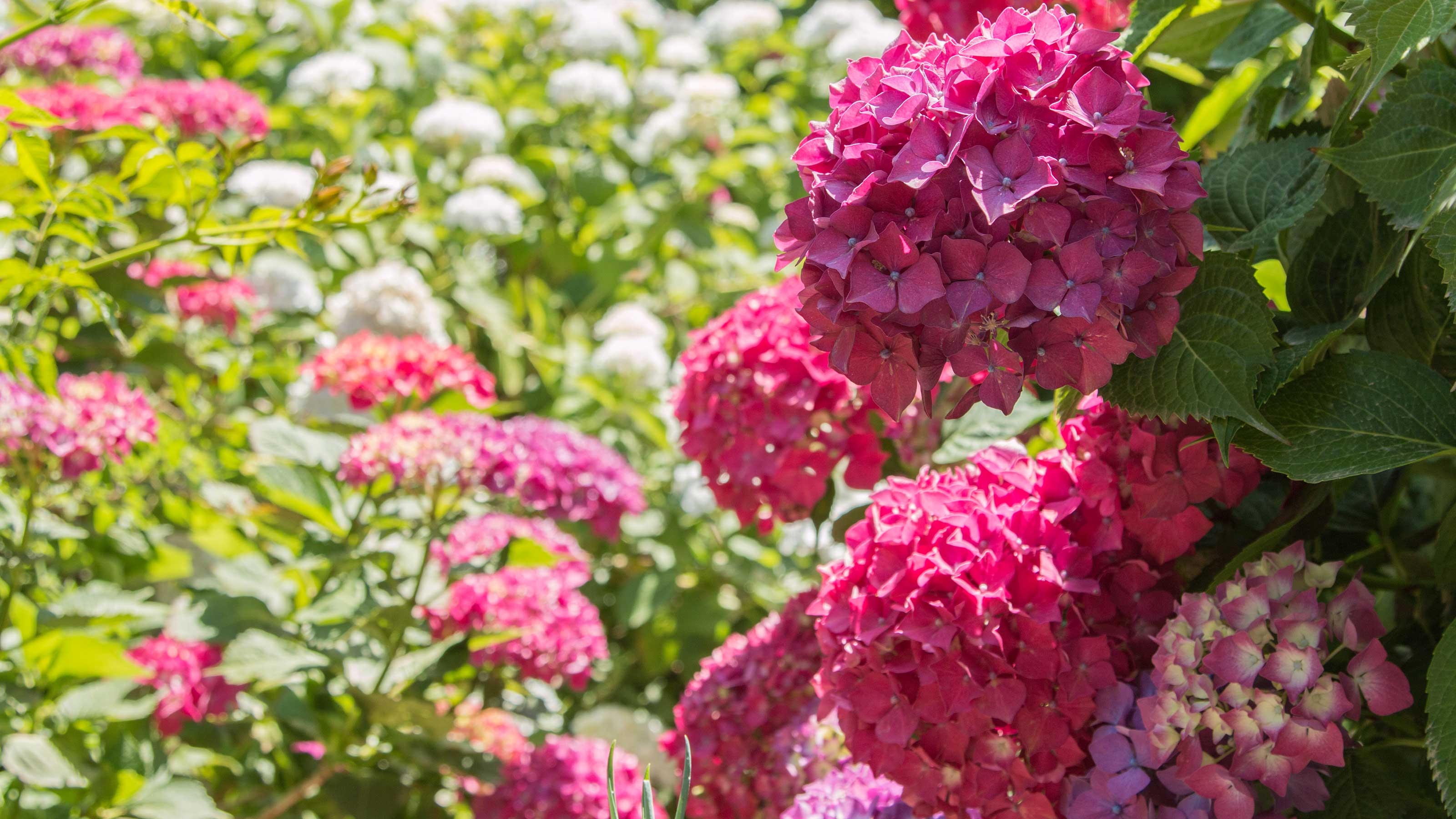
Learning how to prune hydrangeas is a relatively simple task but will reward you with healthier plants with lots more blooms. So, if you want your garden display to look better than ever next year, it's well worth having these tricks up your sleeve.
Discovering how to grow hydrangeas is a great way to pep up your backyard's borders, thanks to their large, clustered flowerheads. Plus, aside from their stunning show in summer through to fall, many types will offer architectural structure over winter. What's more, they have a wonderfully easy-care nature. Alexandra from The Middlesized Garden says that they can grow in quite difficult positions, in almost any kind of soil, and are fairly trouble-free when it comes to pests. They're also one of the best shade loving plants.
But, although they're generally low-maintenance, pruning them correctly will give them a real boost. Not only will it help to reinvigorate the plants, enabling them to produce more impressive summer displays, but it's also useful for keeping shapes and sizes in order.
One of the important things to remember when learning how to prune hydrangeas is that different varieties need a slightly different approach. If that's got you feeling a little apprehensive, don't worry – we're here to help. You can find all the advice you need for the most popular types below.
How to prune hydrangeas: everything you need to know
With these top tips, you'll know exactly how to prune hydrangeas and keep them in tip-top condition in no time.
When should I prune hydrangeas?
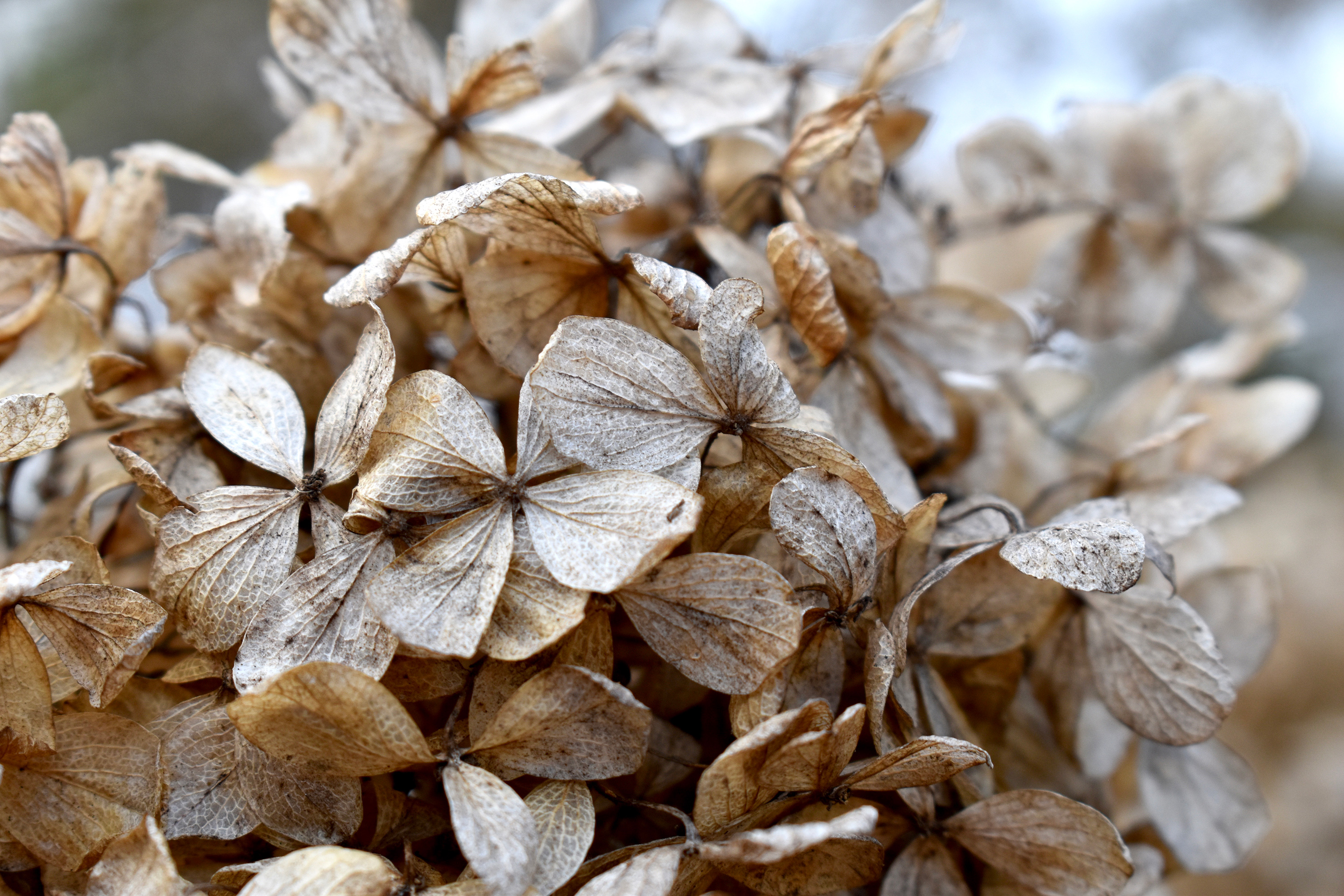
Pruning hydrangeas tends to be done in late winter to early spring. Depending on your region, this is generally late February to early March. Lee Burkhill, garden designer of Garden Ninja says that a good way to tell if your hydrangeas are ready for pruning is by looking for new, green buds and dried seed heads.
However, not all hydrangeas should be pruned at this time. 'There are two groups of hydrangeas,' explains Gena Lorainne, gardening expert at Fantastic Services. 'The first ones will bloom on last year's growth and need late summer pruning. The second ones need new growth and will bloom on new wood – these should be pruned in late winter or early spring.'
The types of hydrangeas which require summer pruning include the climbing variety, as well as bigleaf, oakleaf and mountain hydrangeas. 'These will thrive healthily when trimmed right after flowering stops and no later than July,' Gena says. 'Prune lightly by cutting dead, diseased and broken woods – that's enough to maintain a healthy and good shaped plant.' Pruning this group too harshly, or in autumn or winter, can lead to new buds dying.
Wondering when to give your roses a tidy-up too? Our guide on how to prune roses has all the tips you need.
How to prune mophead hydrangeas
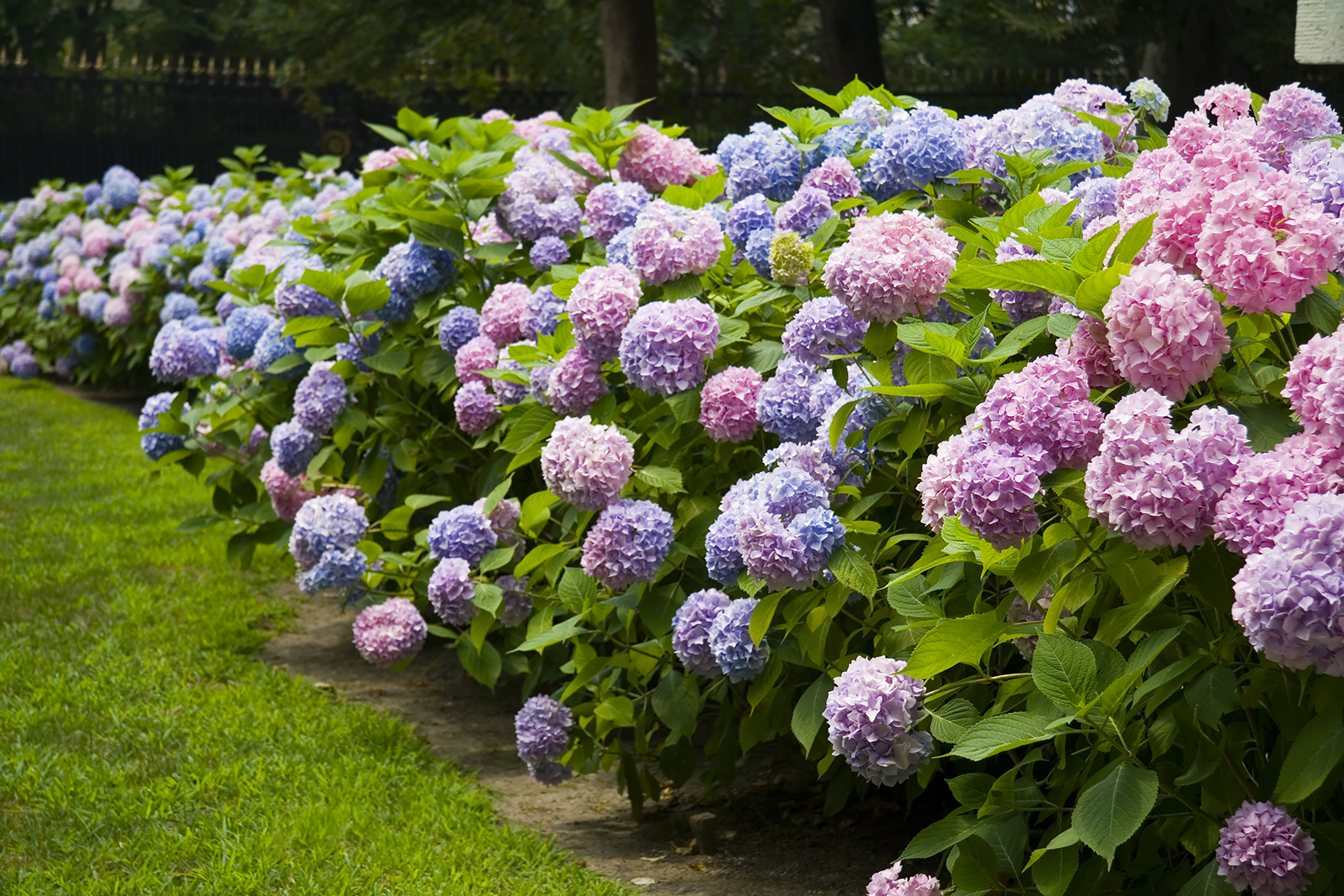
- It's best to leave spent mophead flowers over winter rather than deadheading, especially if your region gets very cold. This is because they provide a level of protection against frost for any tender new buds. As a bonus, they'll also offer an attractive, textural feature to your garden when not much else is growing – a lovely addition to any of your winter garden ideas.
- When spring comes around, remove the old flowerheads, making your cut just above the first healthy pair of buds below it, says the RHS.
- As Alexandra from The Middlesized Garden says, don't cut these stems back too far, else you'll cut off the flower buds and miss out on summer blooms.
- Lee Burkhill, garden designer of Garden Ninja also recommends assessing if your plant needs a thin. For instance, if your shrub has lots of overlapping, congested branches, then you can take a few branches back, always to a healthy set of buds. This will give the plant more air and light, which will in turn improve its health.
Mophead hydrangeas are known for their large globes of showy blooms and are a popular choice for gardens of all styles. Depending on your soil type, their flowers are either pink or blue (alkaline results in pink, whilst acidic equals blue-purple blooms), however you can find white varieties too, such as 'Little White'.
How to prune lacecap hydrangeas
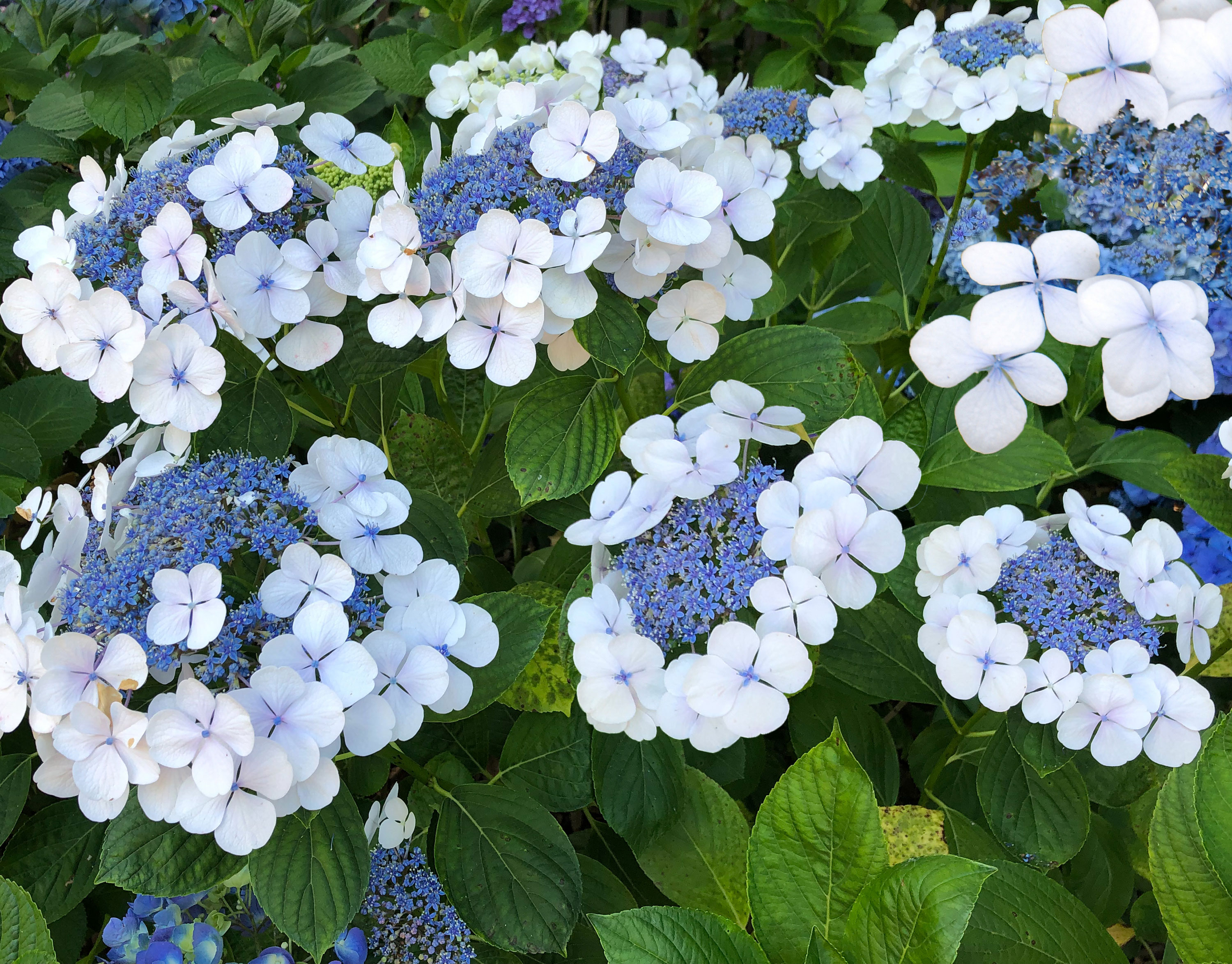
Lacecap hydrangeas can be recognized by their distinct clusters of miniature, central flowers, surrounded by a border of larger-petalled blooms.
They can be pruned in the same way as mopheads, as both are cultivars of Hydrangea macrophylla. However, lacecaps are slightly hardier. So, the RHS says that you can deadhead by cutting back to the second pair of leaves beneath spent flowers before they go to seed (straight after flowering). This will help to preserve the plant's energy.
How to prune Hydrangea paniculata and arborescens
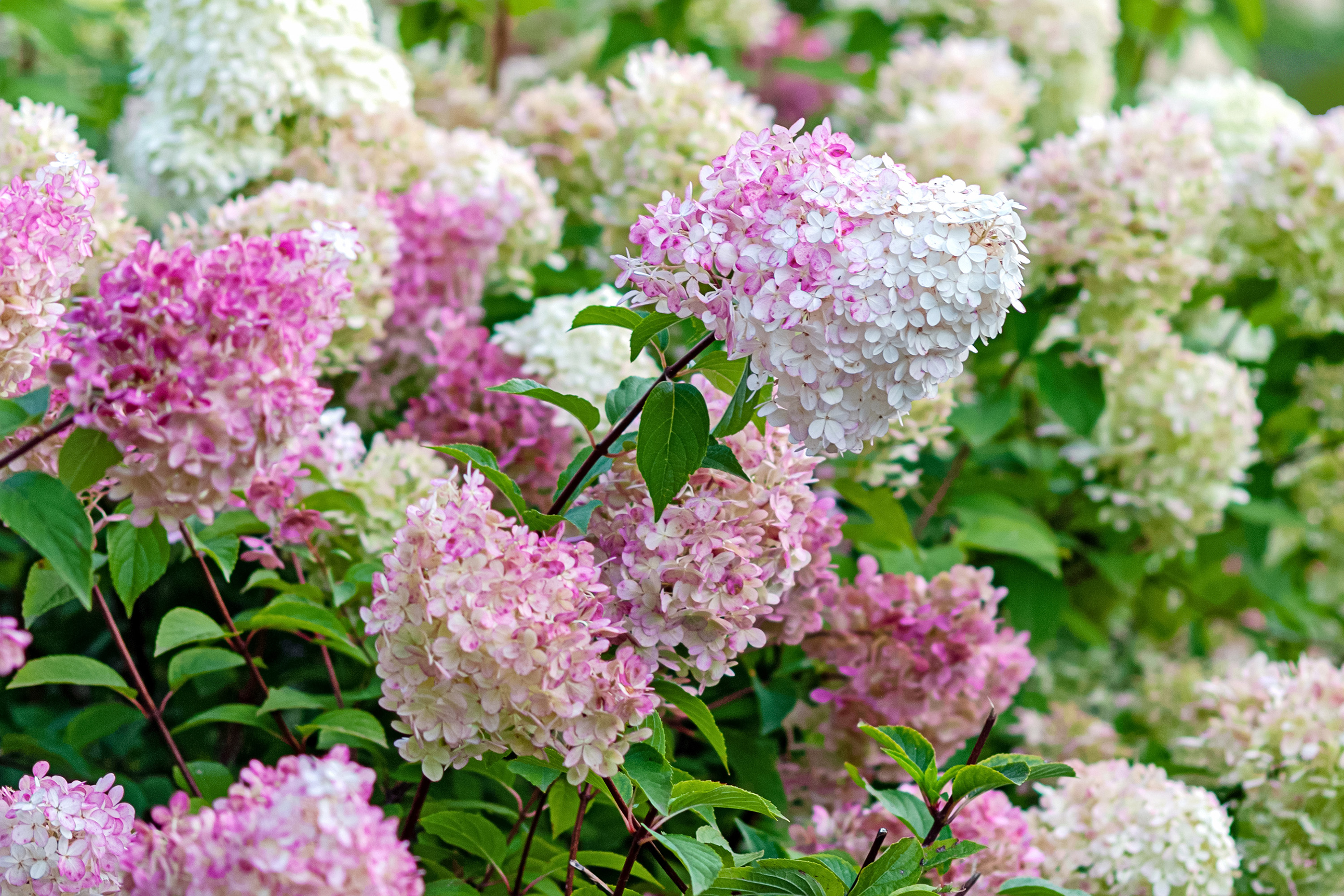
- As the RHS says, if you want to maintain a permanent-sized framework, simply cut back last year’s stems down to a pair of healthy buds.
- However, to encourage strong, upright branches topped with larger clusters of blooms, hard prune right back to the lowest pair of healthy buds. This will create a low framework – usually no more than 10in (25cm) high. If more height is required, you can cut them down to about 2ft (60cm) tall.
These varieties might sound a little less familiar than the ones above. However, they've had a recent surge in popularity – especially when its comes to Hydrangea paniculata with its cone-like heads of blooms. Hydrangea arborescens are also known as 'smooth hydrangea' or sometimes 'wild hydrangea' and includes the well-loved 'Annabelle' with its ginormous white globes of flowers. They're a stunning choice for both modern garden ideas and cottage garden ideas alike.
When it comes to pruning, they are both treated the same, albeit differently from other varieties. The RHS says that the most essential pruning to be done in spring is to remove any dead wood, however, if you give them a harder prune every year, they will produce more flowers.
How to prune climbing hydrangeas
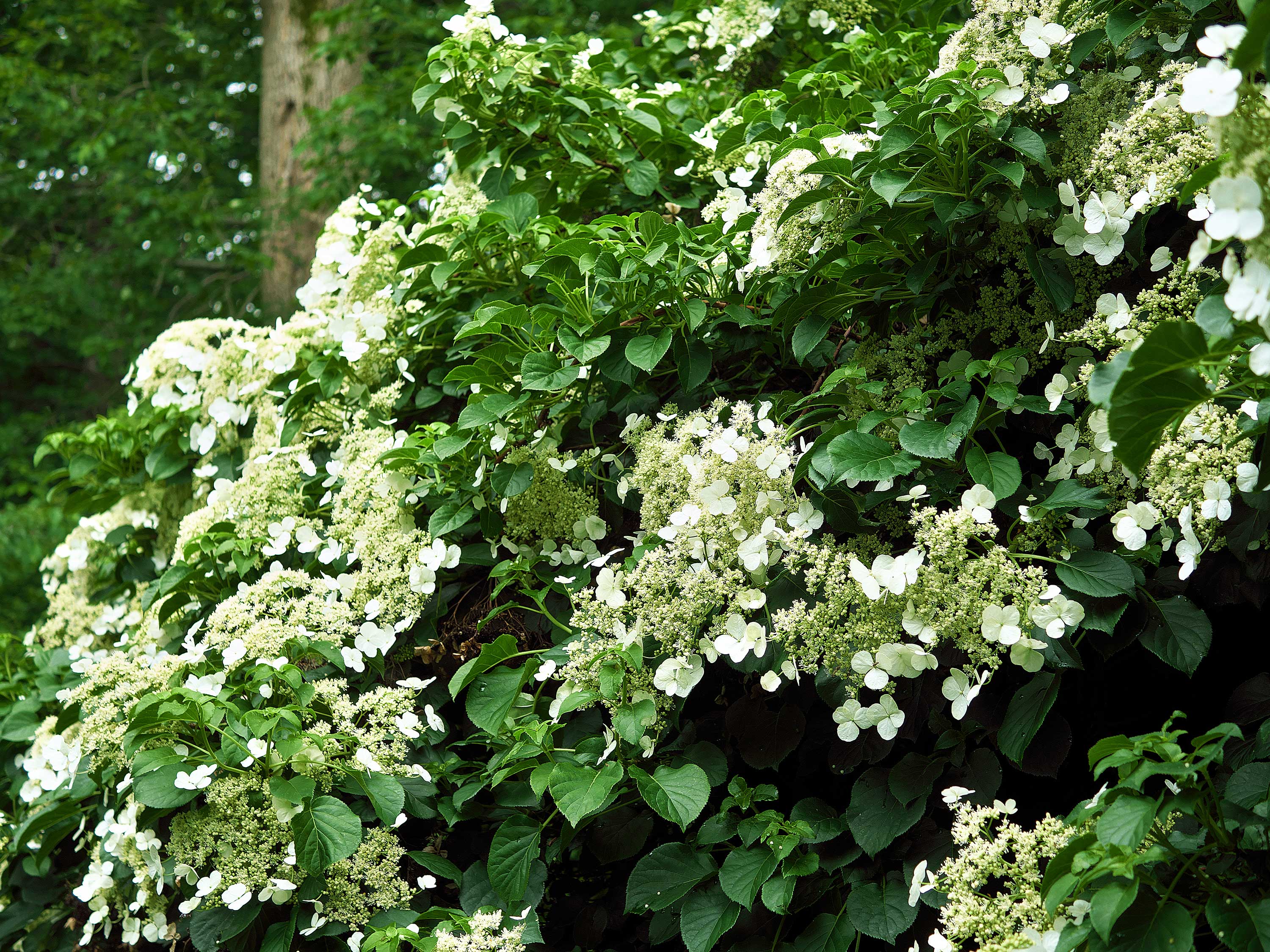
- These plants produce flowers on last year's shoots. So, cut any overly long shoots back immediately after the plant has flowered in the summer, suggests the RHS.
- Aim to leave the tops of the plant, where generally the most blooms are, as un-pruned as possible.
- Extensive pruning may reduce flowering for less-established plants. Instead, if you need to reduce the size of your shrub, do so gradually over a few years.
Climbing hydrangeas are a lovely variety to train around one of our pergola ideas or over a wall. In spring to summer, they display clusters of white blooms made up of both tiny and larger flowers, which look stunning against the dark green foliage.
Once established, they make vigorous growers, and are just as happy in shade as they are in the sun (although avoid growing in very hot, dry conditions).
More top tips for pruning hydrangeas
- Always make sure your best secateurs are both clean and sharp before you start pruning, to prevent damaging the plant.
- As with all pruning, cut at an angle.
- Remember to 'prune to an outward-facing bud and make sure there are no branches crossing in the middle, to ensure air can circulate,' says Marcus Eyles, resident gardening expert and Horticultural Director of Dobbies Garden Centres.
- Try not to worry too much! As Lee Burkhill from Garden Ninja says, you can generally afford to be bold, as it's actually quite difficult to kill these plants through pruning. Just make sure to leave a good number of healthy buds and you should still have lovely blooms all summer. He has more advice on pruning hydrangeas in his online guide.
- Need more tips for getting your garden in order? You'll find plenty in our guide to pruning shrubs.
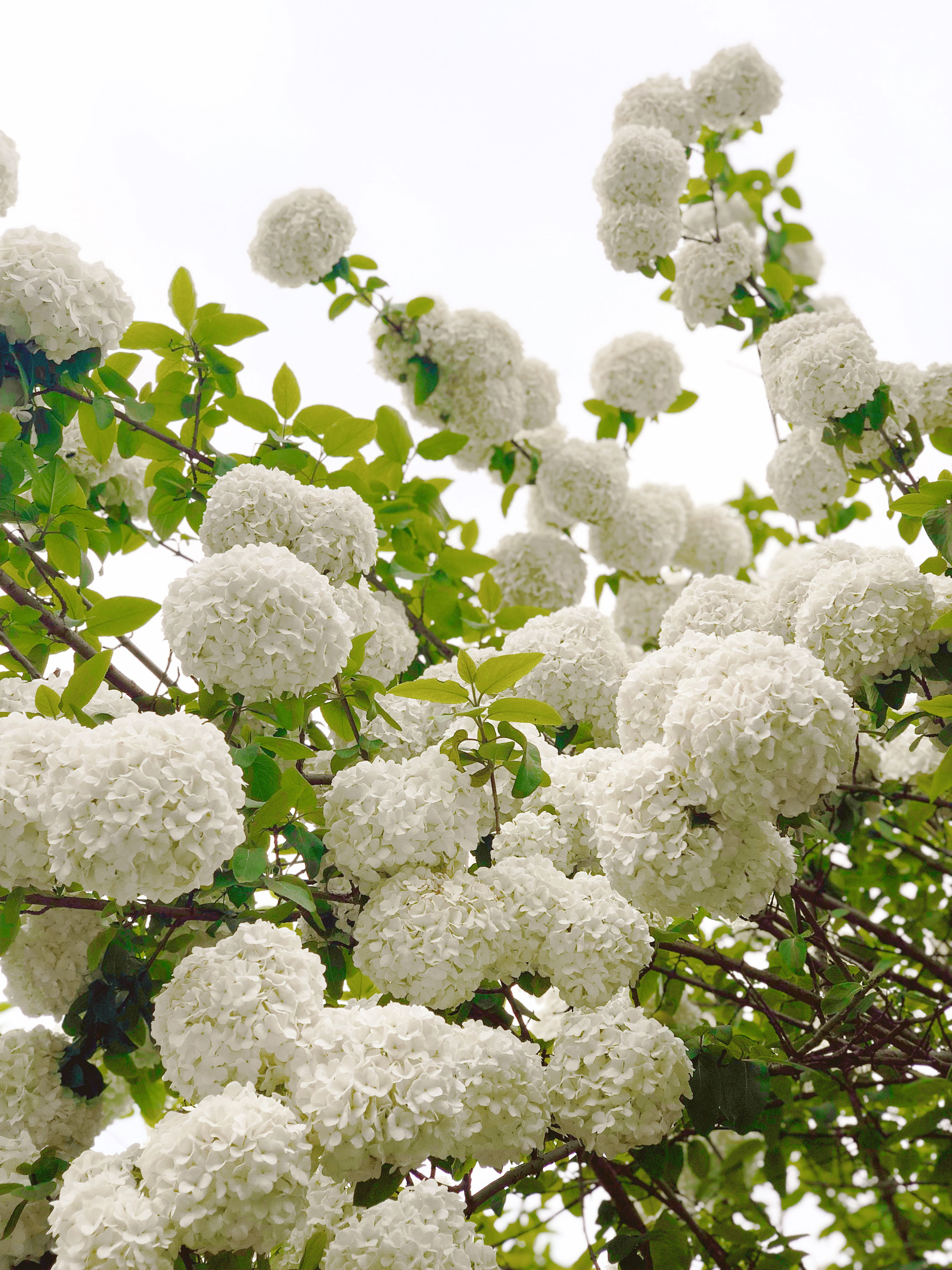

The garden was always a big part of Holly's life growing up, as was the surrounding New Forest where she lived. Her appreciation for the great outdoors has only grown since then. She's been an allotment keeper, a professional gardener, and a botanical illustrator – plants are her passion.
